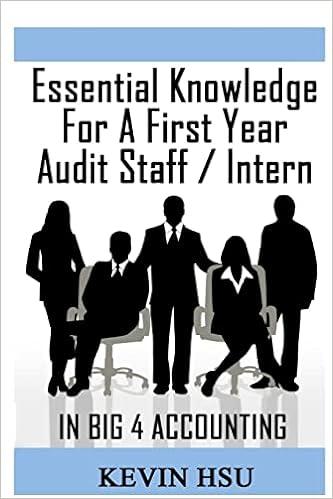Lloyd owns a beach house (four years) and a cabin in the mountains (six years). His adjusted basis is $300,000 in the beach house and
Lloyd owns a beach house (four years) and a cabin in the mountains (six years). His adjusted basis is $300,000 in the beach house and $315,000 in the mountain cabin. Lloyd also rents a townhouse in the city where he is employed. During the year, he occupies each of the three residences as follows: Decision Making Townhouse - 135 days Beach House - 155 days Mountain Cabin - 75 days The beach house is close enough to the city so that he can commute to work dur- ing the spring and summer. While this level of occupancy may vary slightly from year to year, it is representative during the time period that Lloyd has owned the two residences. As Lloyd plans on retiring in several years, he sells both the beach house and the maintain cabin. The mountain cabin is sold on March 3, 2015, for $540,000 (related selling expenses of $35,000). The beach house is sold on December 10, 2015, for $700,000 (related selling expenses of $42,000). Calculate Lloyds lowest recognized gain on the sale of the two residences. Assume instead that both residences satisfy the two-year ownership and use tests as Lloyds principal residence. Because the mountain cabin is sold first, is it possible for Lloyd to apply the 121 exclusion to the sale of the beach house? Why or why not?
Step by Step Solution
There are 3 Steps involved in it
Step: 1

See step-by-step solutions with expert insights and AI powered tools for academic success
Step: 2

Step: 3

Ace Your Homework with AI
Get the answers you need in no time with our AI-driven, step-by-step assistance
Get Started


